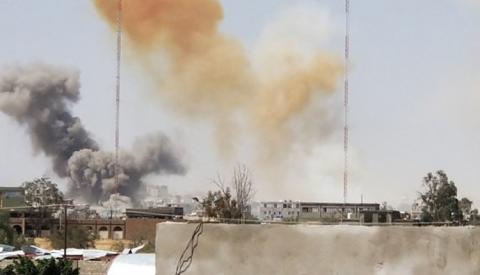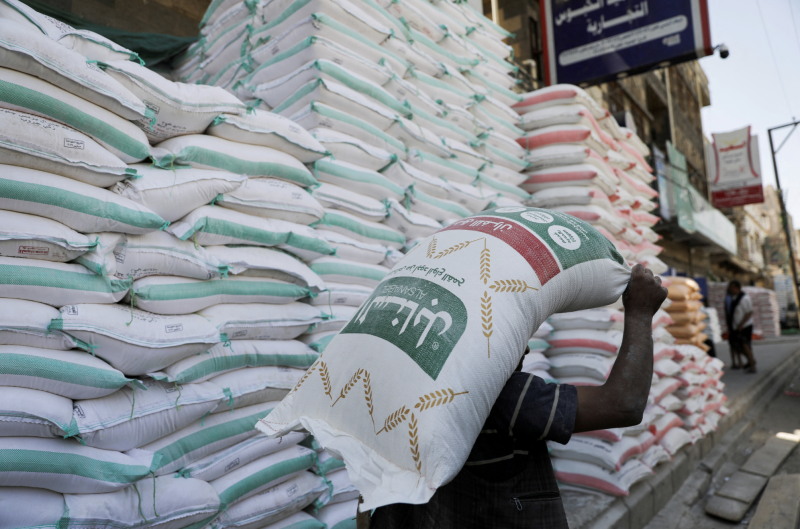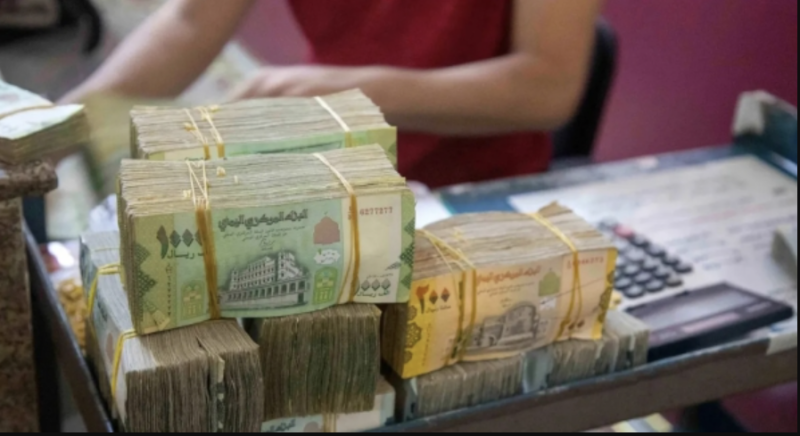Central Asia and Yemen Price Bulletin, February 2021


The Famine Early Warning Systems Network (FEWS NET) monitors trends in staple food prices in countries vulnerable to food insecurity. For each FEWS NET country and region, the Price Bulletin provides a set of charts showing monthly prices in the current marketing year in selected urban centers and allowing users to compare current trends with both five-year average prices, indicative of seasonal trends, and prices in the previous year.
Wheat is the dominant staple food across Central Asia, and rice is an important substitute. Kazakhstan and Pakistan are the net wheat exporters within the region. In Kazakhstan, Saryagash Station serves as a key source market for wheat exports to Afghanistan and other neighboring countries. In Afghanistan, Kabul supplies the central provinces and is a transit point between the north, south, east, and west. Jalalabad supplies the eastern part of the country and acts as a cross-border market with Pakistan. Mazar-e-Sarif supplies northern provinces and, in a good year, the southern provinces as well. Kandahar supplies the southwestern part of the country where drought, civil insecurity, and war often hinder market activity. In Pakistan, Lahore is a key market for trade within the region, particularly with Afghanistan. Pakistan accounts for about 70 percent of regional rice production, which is exported to regional and international markets.
Wheat is the staple food for poor households in Yemen and sorghum is most often consumed as a substitute. The price trends of wheat and wheat flour are generally stable on a Source: SIMA, Niger Source: FEWS NET gratefully acknowledges WFP/VAM Afghanistan, WFP/VAM Yemen and FSIS-FSTS Yemen for the market data used to produce this report. stable on a month-to-month basis with some variations due to seasonal demand (i.e. during the Ramadan festivities). Rice is important to all wealth groups. Livestock husbandry is important for highland areas of the country. Sana’a market is important in Yemen and supplies other markets within the country. Wheat milling is concentrated at the ports of Aden and Al Hudaydah, which also serve as the main reference and source markets for the southern and northern regions, respectively. Aden is the reference market for the southern region, located in a deficit zone, and is the largest wholesale market with a large storage capacity. Al Hudaydah is an assembly, wholesale, and retail market located on the western coast – one of the most populated areas in the country where many households are staple food market-dependent.

Aden — Yemen Airways has announced new updates to its ticket cancellation (VOID) policy, introducing financial penalties on travel agents in…

Geneva – The United States announced that Yemen will not be among the countries benefiting from a new $2 billion funding pledge for United Na…

Paris — The French humanitarian organization Acted announced that it has delivered cash assistance to nearly 89,000 people affected by displa…